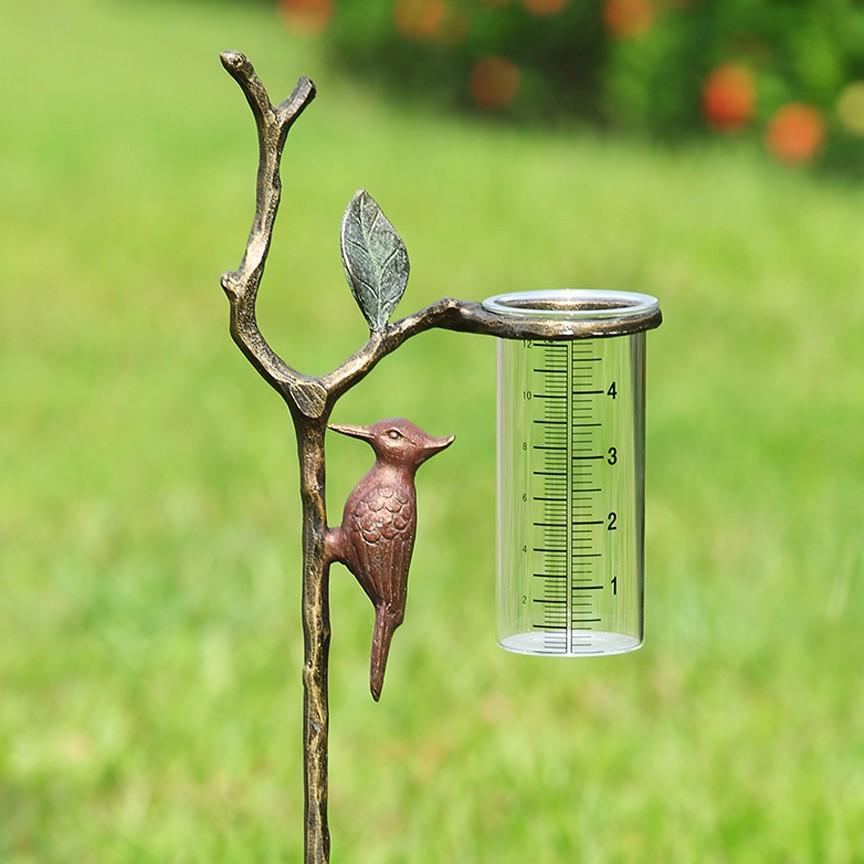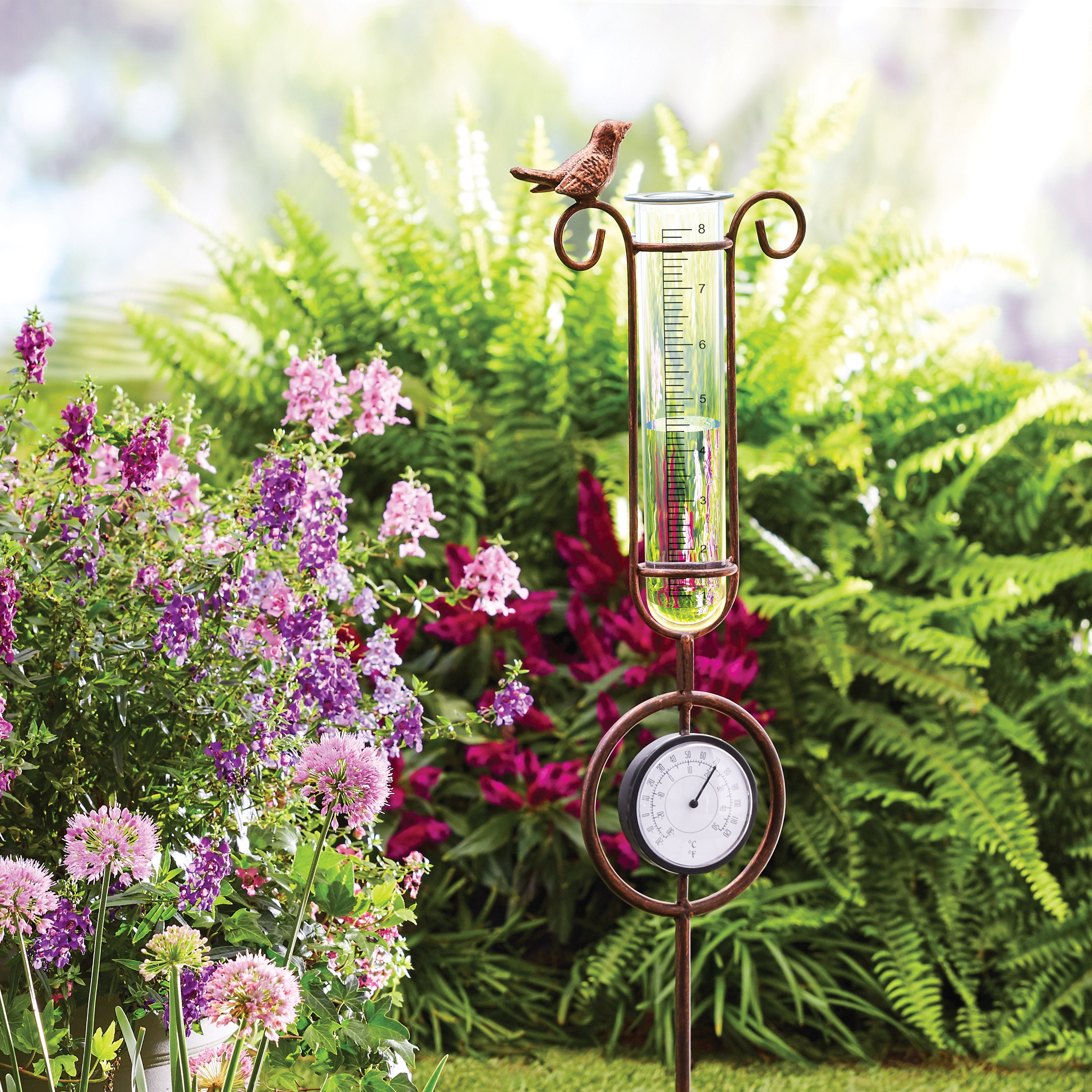The Rain Gauge: A Comprehensive Guide to Accurate Weather Condition Dimension
The Rain Gauge: A Comprehensive Guide to Accurate Weather Condition Dimension
Blog Article
How to Choose the Right Rain Gauge for Accurate Rainfall Data
Precise rainfall data is critical for various industries and activities, such as water, agriculture, and meteorology resource administration. To acquire reliable dimensions, it is vital to pick the right rainfall scale. This overview aims to provide important insights right into the option process, allowing you to make educated choices. Thinking about variables such as place, type, and accuracy of the rainfall scale will aid make certain specific information collection. In addition, recognizing the upkeep and calibration treatments will add to the long life and integrity of your rainfall gauge. By complying with these standards, you can make sure accurate rains data, allowing better decision-making and preparation for different applications.
Significance of Picking the Right Rain Scale
The significance of picking the best rainfall gauge hinges on acquiring precise and trusted rainfall information for precise atmospheric analysis. Rainfall information is critical for a large range of applications, including climate forecasting, hydrological modeling, and climate study. Unreliable or unreliable information can lead to erroneous final thoughts and flawed decision-making processes.

Secondly, the accuracy and precision of the rainfall gauge are paramount. The scale ought to be able to gauge rains with high precision, recording even tiny amounts of rainfall precisely.
Moreover, the location and setup of the rain gauge are essential factors to consider. It should be positioned in an open location, far from obstructions that might influence rainfall dimensions. The scale must be placed at an ideal elevation and angle to stay clear of spilling and ensure appropriate catchment of rainwater.
Variables to Think About When Picking a Rain Gauge
When choosing a rainfall gauge, there are numerous crucial elements to take into consideration. These variables can significantly affect the precision and reliability of the rainfall information accumulated. The very first element to think about is the type of rainfall scale. There are different types readily available, consisting of basic rain gauges, tipping bucket rainfall gauges, and weighing rainfall gauges. Each kind has its own advantages and downsides, so it is vital to choose one that best suits your specific requirements and requirements.
An additional aspect to take into consideration is the material of the rain gauge. Rainfall gauges can be constructed from different materials, such as metal, plastic, or glass. The material selected ought to be durable and resistant to weather, ensuring that the rainfall gauge will hold up against the elements and give precise measurements over time.
Accuracy is also an essential aspect to take into consideration. Seek rainfall determines that have been adjusted and checked for precision. Attributes such as anti-splash rings and funnels can additionally boost the precision of the dimensions.

Last but not least, take into consideration the climate and environment in which the rain scale will be used. Various rain assesses appropriate for various environments, so it is very important to select one that is suitable for the problems in your area.
Different Kinds Of Rain Evaluates Available
To further discover the variables to think about when picking a rain scale, it is very important to comprehend the different kinds of rain gauges readily available. There are several kinds of rainfall assesses, each with its very own benefits and negative aspects. One of the most usual kind is the conventional rainfall gauge, also referred to as the round rain scale. This type contains a straight-sided cylindrical container with a click this funnel-shaped top. It is straightforward to make use of and offers precise dimensions of rains.
An additional kind of rain scale is the tipping bucket rain scale. This scale makes use of a seesaw-like mechanism to collect and gauge rains. As the rain falls under the gauge, it fills one side of the container, triggering it to tip and empty the water. The variety of tips is counted electronically to identify the amount of rains. Tipping bucket rainfall evaluates are preferred for their precision and capability to determine rainfall intensity.
A third type of rainfall gauge is the weighing rain scale. As the rain falls right into the scale, it is gathered in a container attached to an equilibrium.
Finally, there are additionally remote rain evaluates that usage progressed technology to gauge rainfall (The Rain Gauge). These assesses use sensing units and transmitters to send data wirelessly to a main unit. Remote rainfall evaluates are convenient for monitoring rainfall in hard-to-reach areas or for massive information collection
How to Identify the Accuracy of a Rainfall Gauge
One method to evaluate the accuracy of a rain gauge is by carrying out regular calibration measurements. Calibration involves comparing the analyses of a rainfall gauge to a standard dimension, such as a certified rain gauge or a climate station with high accuracy. By comparing click to investigate the measurements, any kind of disparities or errors in the rainfall gauge can be recognized and made up.
To perform a calibration dimension, start by collecting rainfall information from both the rain gauge and the basic measurement device over a details time duration, such as a month. Contrast the analyses and compute the distinction between them. This distinction is referred to as the calibration error.
It is crucial to note that calibration measurements need to be executed frequently, as ecological factors, such as temperature, particles, and wind, can affect the precision of the rainfall scale over time. By carrying out normal calibrations, any kind of changes in the accuracy of the rainfall scale can be identified and adjustments can be made accordingly.
Along with calibration, it is likewise recommended to tidy and preserve the rain gauge routinely to guarantee its precision. Get rid of any kind of particles or obstructions that may affect the accuracy of the measurements, and examine for any kind of indications of damages or use that may require repairs or substitute.
Tips for Maintaining and Calibrating Your Rainfall Gauge
Routine maintenance and calibration are important for making sure the precision and integrity of your rain scale in measuring rains information (The Rain Gauge). By adhering to a few easy tips, you can ensure that your rainfall scale is correctly kept and calibrated
To start with, it is essential to cleanse your rain gauge frequently to avoid any particles or dirt from obstructing the rainfall collection system. Utilize a soft brush and a moderate detergent to carefully clean the inside and beyond the scale. Rinse it completely with clean water and allow it to dry completely prior to re-installing it.
Second of all, it is suggested to adjust your rain gauge at least annually. Calibration involves contrasting the measurements of your rainfall gauge with those of a trusted and precise referral gauge. This will aid you identify and remedy any type of possible mistakes in your rain scale's measurements.
To calibrate your rain scale, collect a recognized quantity of water making use of a measuring container and compare it with the measurements videotaped by your rain gauge. Readjust the readings as necessary to ensure precision.

Verdict
In verdict, choosing the appropriate rainfall gauge is crucial for getting accurate rainfall data. Aspects such as location, budget, and purpose should be thought about when choosing a rainfall gauge. There are different kinds of rain determines available, each with their own benefits and limitations. It is important to consistently maintain and calibrate your rain scale to ensure its accuracy. By following these guidelines, accurate rains data can be gotten for numerous applications.
There are various types offered, consisting of typical rain determines, tipping bucket rainfall assesses, and considering rainfall determines.To further explore the factors to think about when selecting a rain gauge, it is essential to recognize the different types of rainfall evaluates available. The most common kind is the typical rain scale, additionally known as the round rainfall scale.One more type of rainfall gauge is the tipping container rain gauge. Calibration includes comparing the analyses of a rain gauge to a common measurement, such as great post to read a qualified rainfall scale or a weather terminal with high accuracy.
Report this page